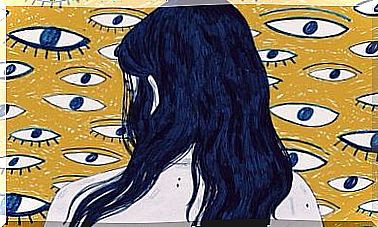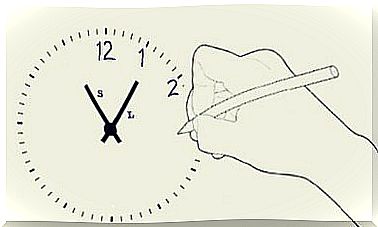Neuroinflammation: Depression And Inflammatory Processes
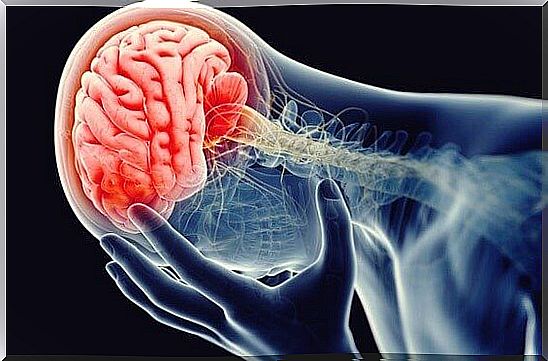
More and more studies support the relationship between inflammation and depression, or that some depressive disorders are the consequence of a state of chronic neuroinflammation associated with stress. In this way, such hemodynamic and lymphatic changes would lead to the excessive release of cytokines, which in turn would cause psychological distress.
This hypothesis is not new and if at first it may surprise us to think that the presence of certain pathogens and inflammatory agents can influence our emotional suffering to such an extent, it must be said that in recent years there is a considerable consensus in this regard.
We can refer to numerous works. Dr Bruce Charlton of the University of Buckingham has been publishing studies on the relationship between an abnormal increase in cytokines and depression for over a decade. The neurologist Antonio Damasio, for his part, also speaks of the “somatic marker” with which he indicates that the body responds physiologically to certain stimuli considered threatening (for which we experience tachycardia, inflammation, fever…). Psychological suffering appears later.
Let’s see more data about it.

The theory of neuroinflammation: what is it based on?
If we were to go out and ask people what depression is, most of the respondents would simply describe the symptoms. Fatigue, demotivation, moodiness, disillusionment, emptiness, darkness, bitterness and physical pain. Now, if we encouraged these people to specify or define the cause of these debilitating states, hardly anyone could give an objective answer.
This last question belongs more to the medical and scientific fields. And in this case it should be noted that there is no clear consensus on the exact factors underlying this disease. It is not easy, primarily because there are several depressive disorders. It is a multifactorial condition which, moreover, manifests itself in a unique way in each patient.
In recent years, the theory of neuroinflammation is gaining more relevance. In this case it would be a clinical reality associated mainly with people with a history of anxiety and stress. To better understand this approach, information provided by a study published in 2016 in The Journal of Clinical Psychiatry will help .
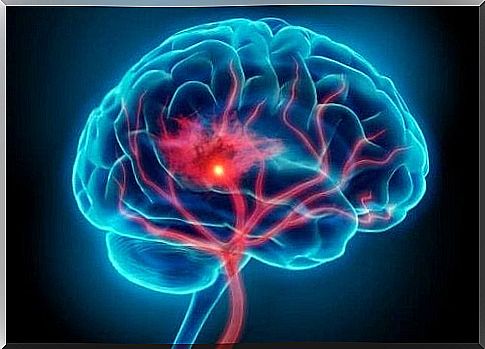
Depression as a psychoneuroimmune disorder
In a study carried out at the Department of Epidemiology (Janssen Research & Development, New Jersey) an interesting study was carried out on 14,275 people suffering from depression.
- This study lasted 5 years, between 2007 and 2012.
- Through various blood tests it was found that nearly 60% of patients had 46% higher levels of C-reactive protein (CRP), a marker that reveals an inflammatory disease.
- Most of these patients were unresponsive to routine therapies for the treatment of depression.
- They were all subject to certain situations of stress and / or anxiety.
- They had a weaker immune system. Their wounds took longer to heal, they had more colds, allergies, etc.
Doctors came to the conclusion that these people suffered from a psychoneuroimmune disorder. The theory of neuroinflammation could be applied to those cases in which the body reacts in a particular way to stressful stimuli. The increase in cortisol in the blood favors the release of cytokines, vasoactive amines, nitric oxide, glucocorticoids … All this sooner or later causes a high psychological distress.
How can we reduce the risk of suffering from neuroinflammation?
The theory of neuroinflammation tells us that these states can be prevented. The origin of this circumstance lies first of all in our sources of stress: the way we manage our anxiety, our worries. If we don’t manage these factors, if we let these states become chronic, the body reacts to defend itself against that threat. Biochemical changes and inflammation soon appear.
To avoid these debilitating situations, let’s keep in mind some preventive strategies.
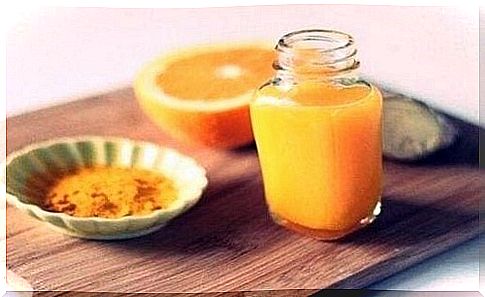
Reduce your stress levels
We learn to prioritize. We must not only let the mind rest, the body must also perceive that state of inner calm with which to regain balance, homeostasis. Let’s dedicate time and attention to ourselves, allow ourselves moments of relaxation.
A better diet
We avoid foods that cause inflammation: sugars, white flours, saturated fats … We rather opt for the following proposals:
- Red fruits: strawberries, blueberries, currants …
- Lemons and oranges.
- Turmeric.
- Whole grains.
- Dried fruit.
- Green leafy vegetables.
- Garlic.
- Pineapple.
- Tomatoes.
- Red beets.
Exercise regularly
Take a half-hour walk every day, run, swim, dance … We regularly set our body in motion and give it life, make it easier for the heart to work, oxygenate the brain, let ourselves be embraced by endorphins and serotonin …
Relaxation exercises
In our articles, we often talk about the benefits of yoga and mindfulness. The theory of neuroinflammation reminds us that these strategies are also highly recommended for recovering inner balance. However, it is enough to find those practices that, in a completely subjective way, help us to relax more.

There are those who like to write, paint, practice simple breathing exercises or share time with certain people. It is just a matter of finding that perfect point of balance where body and mind harmonize. Where nothing hurts, nothing worries and everything is in perfect calm.
We try to facilitate these states. It is worth it and, of course, the life.



